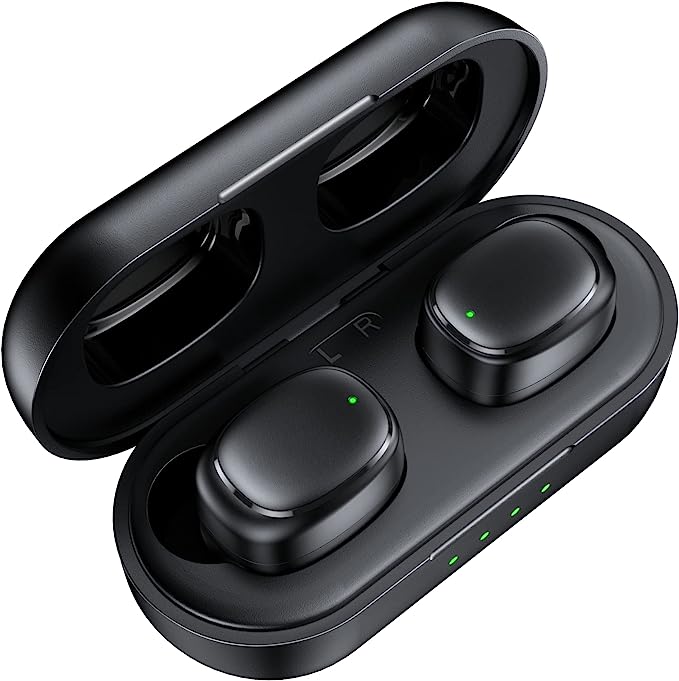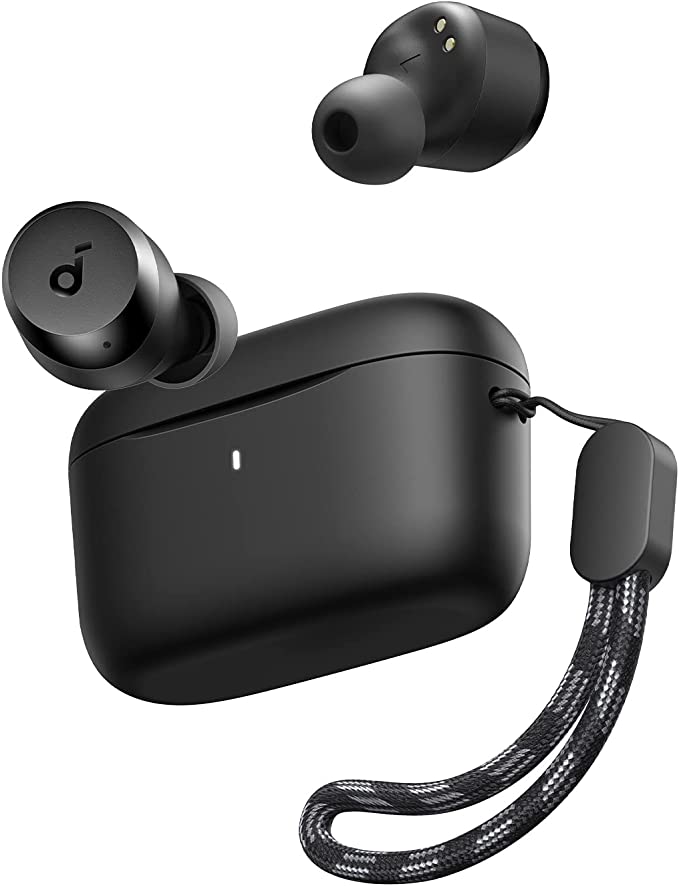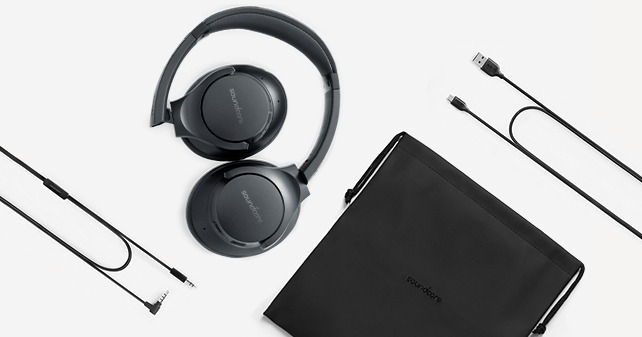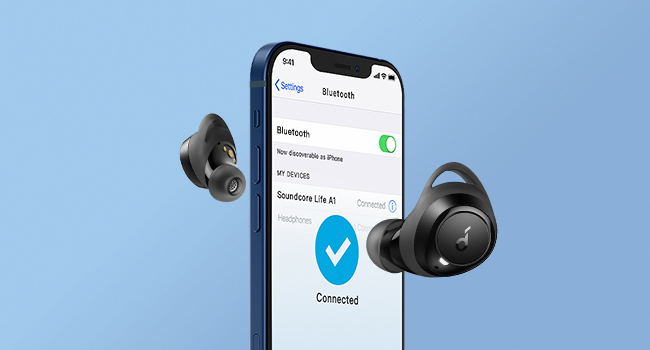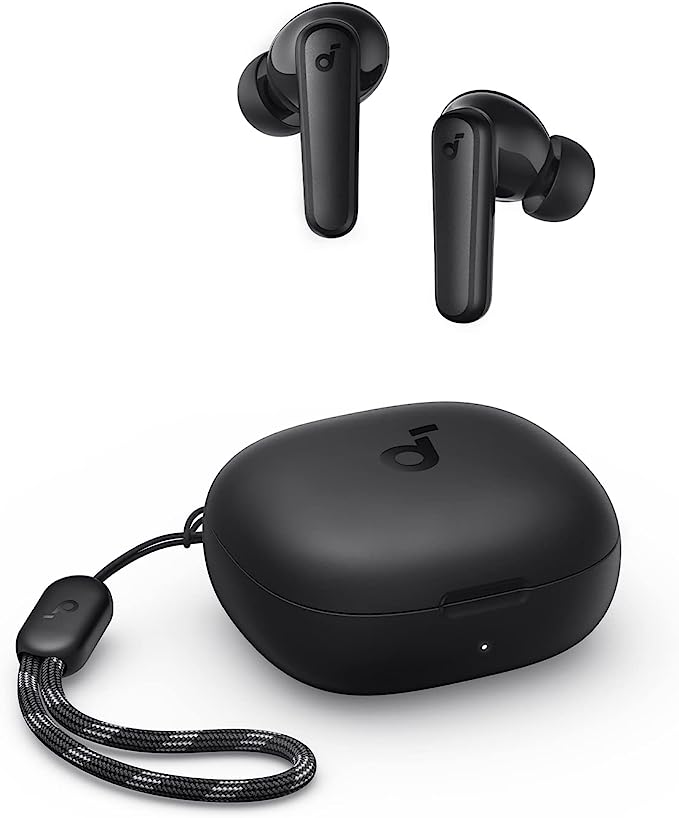GOOZEEZOO Malachite DSP2 SDR Radio Receiver: Explore the World of Shortwave Radio
Update on March 3, 2025, 7:49 a.m.
For centuries, humans have been captivated by the invisible world of radio. From the earliest crackling broadcasts to today’s complex digital communications, radio waves connect us across vast distances, carrying news, music, and voices from around the globe. But traditional radio technology, with its fixed circuits and limited capabilities, can sometimes feel like a barrier to fully exploring this fascinating realm. That’s where Software-Defined Radio (SDR) comes in, and specifically, a remarkable device called the GOOZEEZOO Malachite DSP2.

Beyond Knobs and Dials: Enter Software-Defined Radio
Think of a traditional radio receiver as a finely crafted, single-purpose tool – a wrench designed for a specific size of bolt. It does its job well, but it’s limited in its versatility. Now, imagine a Swiss Army knife, with its array of blades and tools, capable of handling a wide variety of tasks. That’s the essence of Software-Defined Radio.
Instead of relying on fixed hardware circuits to process radio signals, an SDR uses software to perform many of the key functions. The incoming radio waves are converted into digital data by an Analog-to-Digital Converter (ADC), and then a powerful processor – often a Field-Programmable Gate Array (FPGA) or a dedicated Digital Signal Processor (DSP) – takes over. This processor can be programmed to perform a wide range of tasks, such as filtering, demodulation, and noise reduction, all in the digital domain. This flexibility is what makes SDR so revolutionary.

Introducing the Malachite DSP2: Your Gateway to the Radio Spectrum
The GOOZEEZOO Malachite DSP2 is a shining example of this revolutionary technology. It’s a portable, battery-powered SDR receiver that puts the power of advanced radio signal processing in the palm of your hand. Encased in a sleek and durable aluminum housing, it’s designed for both portability and performance. With its 3.5-inch touch screen display and intuitive controls, it’s surprisingly easy to navigate the vast world of radio frequencies.
Unpacking the Power: A Deep Dive into the Malachite DSP2’s Features
Let’s explore the features that make the Malachite DSP2 such a remarkable device:
A World of Frequencies at Your Fingertips
The Malachite DSP2 boasts an incredibly wide frequency range, covering 10kHz to 380MHz and 404MHz to 2GHz. This expansive coverage opens up a universe of listening possibilities. You can tune into longwave broadcasts from distant countries, listen to shortwave transmissions carrying news and music from around the world, monitor amateur radio (ham) conversations, track aircraft, receive weather reports, and even explore some satellite communications. It’s like having a radio that can tune into almost anything!
Hearing the Whispers: Sensitivity and Dynamic Range
Two key specifications define a receiver’s ability to pick up signals: sensitivity and dynamic range.
-
Sensitivity refers to the receiver’s ability to detect weak signals. Think of it like your ability to hear a pin drop in a quiet room. The Malachite DSP2 has a sensitivity of 0.3 microvolts (µV) up to 1 GHz, which is exceptionally good. This means it can pick up very faint signals that would be lost on less sensitive receivers.
-
Dynamic Range is the receiver’s ability to handle both very strong and very weak signals simultaneously without distortion. Imagine trying to have a conversation with someone whispering while a jet engine roars nearby. A receiver with a wide dynamic range can “hear” both the whisper and the roar without the loud signal overwhelming the quiet one. The Malachite DSP2’s 82dB dynamic bandwidth contributes to its excellent performance in challenging signal environments.

Speaking the Language of Radio: Demodulation Modes
Radio signals are transmitted using various “languages” called modulation modes. The Malachite DSP2 is a multilingual master, capable of understanding and decoding a wide range of these modes:
| Mode | Description | Typical Use |
|---|---|---|
| AM | Amplitude Modulation – The height (amplitude) of the radio wave varies to represent the sound. | Standard broadcast radio |
| SSB | Single Sideband – A more efficient form of AM, used for long-distance communication. | Ham radio, maritime, aviation |
| DSB | Double Side Band – Less efficient than SSB,used for special signals. | Special Signals |
| CW | Continuous Wave – Transmitting Morse code by turning the radio wave on and off. | Ham radio |
| NFM | Narrowband Frequency Modulation – The frequency of the radio wave varies slightly. | Two-way radios, public safety communications |
| WFM | Wideband Frequency Modulation – Used for high-fidelity FM broadcasting. | FM broadcast radio |
| Air | Frequency range for aviation communication | Aircraft Communication |
| FT8 | A popular digital mode for weak-signal communication. | Ham radio |
| RTTY | Radio Teletype – An older digital mode using a simple text-based code. | Ham radio, some commercial and military use |
Having all these modes at your disposal means you can listen to a far greater variety of transmissions than with a traditional radio.
The Magic of DSP: Cleaning Up the Signal
One of the most significant advantages of SDR technology is the use of Digital Signal Processing (DSP). Think of DSP as a powerful audio editing suite built into your radio. It can perform a range of functions to clean up and enhance the received signal, making even weak and noisy signals more intelligible.
-
Noise Reduction (NR): Imagine you’re listening to a recording of a beautiful piece of music, but there’s a constant hiss in the background. Noise reduction is like magically removing that hiss, leaving you with only the pure music. The Malachite DSP2’s NR feature significantly reduces background static and noise, making weak signals easier to hear.
-
Noise Blanker (NB): Sometimes, you might encounter sharp, pulse-like noises, like the “pop” from a light switch or the crackle of static electricity. The Noise Blanker is like a skilled surgeon, precisely removing these unwanted pulses without affecting the underlying signal.
-
Automatic Gain Control (AGC): Imagine you’re listening to a radio station, and the signal strength keeps fluctuating – sometimes it’s too loud, and sometimes it’s too quiet. AGC is like having a smart volume knob that automatically adjusts the gain to keep the audio level consistent, so you don’t have to constantly fiddle with the volume control.
-
Automatic Notch Filter (ANF): Sometimes, a single, persistent tone can interfere with your listening. The ANF is like a highly selective filter that can “notch out” that specific tone, removing the interference without affecting the rest of the audio.
Antenna Versatility: Dual Inputs for Optimal Reception
The Malachite DSP2 offers two antenna inputs: a high-impedance (Hi-Z) input and a 50-ohm input. This might seem like a technical detail, but it’s actually quite important.
-
Hi-Z Input: This input is designed for use with short, telescopic, or wire antennas, typically used for frequencies up to around 30 MHz. These antennas have a high electrical impedance, and the Hi-Z input is designed to match that impedance, ensuring maximum signal transfer.
-
50-Ohm Input: This input is designed for use with longer, more specialized antennas, often connected via coaxial cable. These antennas typically have an impedance of 50 ohms, and the 50-ohm input provides the proper match.
Using the correct antenna input for your antenna type is crucial for optimal reception.
Power in Your Pocket: Portability and Battery Life
The Malachite DSP2 is designed for both desktop and portable use. Its compact size and built-in 5000mAh battery make it easy to take with you on your adventures, whether you’re hiking, camping, or simply relaxing in your backyard. The long battery life ensures you can enjoy hours of listening without worrying about running out of power.
Always Improving: The Power of Upgradable Firmware
One of the great advantages of SDR technology is that the software that controls the radio can be updated. The Malachite DSP2’s firmware can be upgraded via its USB connection, allowing you to benefit from new features, bug fixes, and performance improvements. This means your receiver can actually get better over time, unlike traditional radios that are stuck with their original capabilities.
Beyond Broadcasts: Exploring the Applications of the Malachite DSP2
While the Malachite DSP2 is While the Malachite DSP2 is a fantastic tool for simply listening to broadcasts from around the world, its capabilities extend far beyond that. Here are just a few examples:
- Amateur Radio Monitoring: Ham radio operators use a wide variety of frequencies and modes, and the Malachite DSP2 allows you to monitor their conversations. You can listen to operators chatting locally, making contacts across continents, or even participating in emergency communication drills. The built-in FT8 and RTTY decoders make it easy to follow digital conversations, even if you’re not familiar with those modes.
- Shortwave Listening (SWL): Shortwave radio is a treasure trove of international broadcasts, news, music, and cultural programming. With the Malachite DSP2, you can explore this vast world of signals, discovering stations and programs you never knew existed.
- Emergency Communications: During natural disasters or other emergencies, traditional communication networks can be disrupted. Shortwave radio, and particularly amateur radio, often plays a crucial role in providing emergency communication. The Malachite DSP2 can be a valuable tool for monitoring emergency traffic and staying informed.
- Signal Analysis: For those with a more technical interest, the Malachite DSP2 can be used to analyze radio signals, measure their strength, and identify their characteristics. This can be useful for troubleshooting interference problems, experimenting with antennas, or simply learning more about the radio spectrum.
Join the Community: The Malachite Project and its Enthusiasts
The Malachite DSP2 isn’t just a product; it’s part of a larger, vibrant community of radio enthusiasts. The original Malachite SDR design is an open-source project, meaning that the schematics and software are publicly available. This has fostered a collaborative environment where users share information, develop modifications, and contribute to the ongoing development of the platform. GOOZEEZOO highlights the importance of its radios are officially authorized, ensuring you’re getting a genuine product and supporting the continued development of the Malachite project.The firmware can update on malahiteam.com/en.

The Enduring Appeal of Radio
In a world dominated by instant digital communication, there’s something magical about receiving signals that have traveled thousands of miles through the air, carrying voices and music from distant lands. The GOOZEEZOO Malachite DSP2, with its advanced SDR technology, opens up a world of possibilities for exploring this fascinating realm. It’s a tool for discovery, learning, and connection, bridging the gap between the invisible world of radio waves and our human senses. Whether you’re a seasoned radio enthusiast or a curious newcomer, the Malachite DSP2 offers a unique and rewarding experience, reminding us of the enduring power and wonder of radio communication.

























